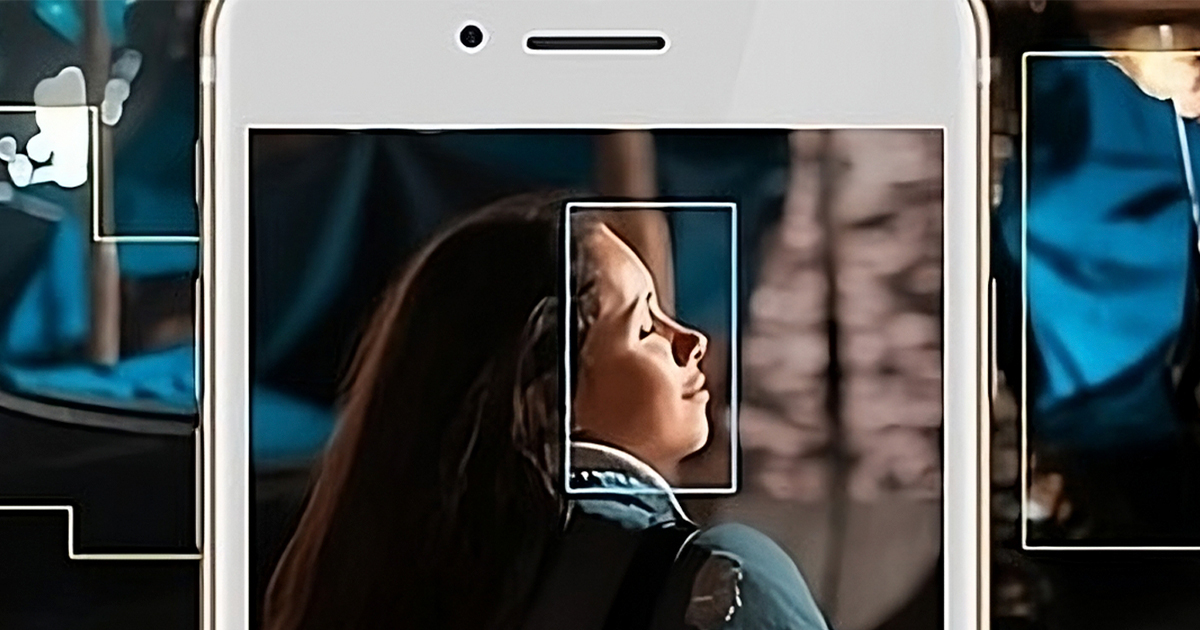The world of photography and videography has experienced a revolutionary transformation with the integration of artificial intelligence (AI) into camera systems. AI-driven camera technologies have brought a host of capabilities that optimize image and video capture, pushing the boundaries of what was once considered possible. From computational photography to image stabilization and scene recognition, these AI-powered features have redefined the art of capturing moments and stories, opening up new creative possibilities for professionals and enthusiasts alike.
Computational Photography: Merging Art and Science
Computational photography is a cutting-edge discipline that merges the principles of traditional photography with advanced algorithms and computational power. It leverages AI to process and enhance images, allowing cameras to capture stunning shots with unprecedented detail, clarity, and color accuracy. Unlike traditional photography, which relies solely on the hardware capabilities of the camera, computational photography enhances the output through post-processing techniques.
One of the most prominent features of computational photography is High Dynamic Range (HDR) imaging. By combining multiple exposures of a single scene, AI-powered cameras can create images with a broader range of luminosity, capturing both the darkest shadows and the brightest highlights. This results in photographs that closely resemble what the human eye perceives in real life.
Another exciting application of computational photography is the ability to generate synthetic bokeh or background blur. AI algorithms can accurately detect the subject in focus and artificially blur the background, mimicking the aesthetic achieved by high-end lenses on traditional cameras. This technique has been particularly popular in smartphone cameras, enabling users to achieve professional-looking portraits with ease.
AI also plays a significant role in noise reduction and image denoising. By analyzing patterns and identifying noise, AI-powered cameras can remove unwanted artifacts and deliver cleaner and more visually appealing images even in low-light conditions.
Image Stabilization: Eliminating Camera Shake
Blurry photos and shaky videos have been persistent challenges for photographers and videographers, especially in situations where handheld shooting is necessary. AI-powered image stabilization has emerged as a game-changer in this regard. Traditional image stabilization techniques utilized physical mechanisms within the camera to compensate for shaky hands, but AI takes it a step further by employing complex algorithms to analyze and correct the motion in post-processing.
AI-driven image stabilization can stabilize photos and videos by predicting and counteracting the camera’s movement during the capture process. The camera’s gyroscope and accelerometer data are used to understand the motion patterns, and the AI algorithms make adjustments to compensate for any shake, resulting in crisp, clear, and smooth visuals.
This technology has opened up exciting possibilities for capturing action-packed scenes, sports events, and adventure photography without the need for heavy and cumbersome stabilization equipment. Moreover, it has empowered content creators to produce professional-looking footage even with handheld cameras, significantly reducing the barrier to entry for aspiring filmmakers and videographers.
Scene Recognition: Optimizing Camera Settings on-the-fly
Capturing the perfect shot often requires adjusting various camera settings, such as exposure, aperture, shutter speed, and white balance. However, these adjustments can be challenging for beginners and may lead to missed opportunities while fumbling with settings. AI-driven scene recognition technology has come to the rescue by automatically detecting the type of scene being captured and optimizing the camera settings accordingly.
Through machine learning and deep neural networks, cameras can now identify different scenes, such as landscapes, portraits, food, sunsets, and more. Once the scene is recognized, the camera can apply predefined parameters or learn from past user preferences to create the best possible settings for the specific scenario.
This feature not only simplifies the shooting process for beginners but also serves as a time-saving tool for professional photographers who can now rely on AI to swiftly adapt to different shooting conditions. Scene recognition has elevated the overall user experience and has been instrumental in democratizing photography by making it accessible to a broader audience.
Impact on Photography and Videography
AI-driven camera technologies have had a profound impact on both photography and videography, reshaping the way content is created and consumed.
- Accessibility: The integration of AI in consumer-level cameras, particularly in smartphones, has democratized photography and videography. AI features have made it easier for beginners to capture impressive shots without extensive technical knowledge.
- Creative Expression: By automating mundane tasks like scene recognition and image stabilization, AI empowers photographers and videographers to focus on their creative vision, exploring new storytelling techniques and experimenting with innovative styles.
- Professional Tools: In the professional realm, AI-driven cameras have become powerful tools for content creators and filmmakers. These technologies have expanded the scope of what can be achieved without relying on extensive post-processing or expensive equipment.
- Real-Time Processing: With advancements in AI processing power, cameras can now perform complex computations and optimizations in real-time, enabling users to see the results before clicking the shutter or recording a video.
- Augmented Reality (AR): AI-driven cameras are also at the forefront of AR applications, where real-world scenes are augmented with virtual objects, offering exciting possibilities in gaming, marketing, education, and more.
Summary
AI-driven camera technologies have transformed photography and videography, enabling users to capture breathtaking images and videos effortlessly. Computational photography, image stabilization, and scene recognition have revolutionized the way we approach visual storytelling, making it more accessible, creative, and immersive. As AI continues to evolve, we can expect even more groundbreaking features that push the boundaries of visual artistry and redefine our perception of the world through the lens of a camera. Whether you’re an amateur enthusiast or a professional filmmaker, embracing AI-driven camera technologies can undoubtedly elevate your visual storytelling to new heights.
